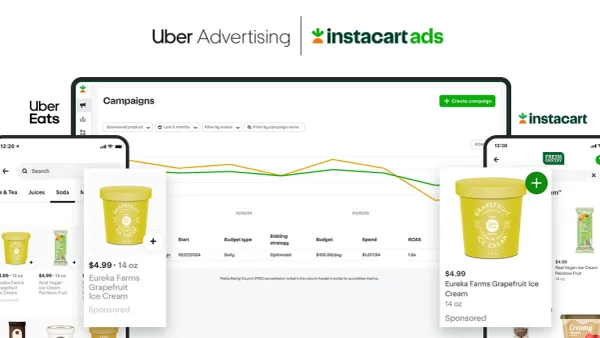If you read different studies on the same marketing topic you’ll almost certainly find some differences in the results, but often those differences are nuanced. Take for example the plethora of research on the adoption of ad blocking software – the percentage of the tech’s penetration changes from survey to survey and yet across the board the overall trend shows it's only rising.
Another example of a tale of mixed results came in late March when two pieces of research on email and younger demographics emerged around the same time, but reporting diametrically different results.
TechCrunch reported on an App Annie report that declared email is dying among 13- to 24-year-olds, who prefer communications via messaging apps, citing time spent in messaging apps as compared to people 45 and older as the tell-tale sign for email's slip in favor among younger demographics. In contrast, Internet Retailer pointed to research from email tech company Adestra that found 68% of teens prefer to be contacted by email versus 7% for both text and push notifications.
The conclusions from those two studies couldn’t be more mixed, so in order to find out more about how younger demographics really feel about email, Marketing Dive spoke with two industry experts, Marie Homne, senior marketing strategist at Yesmail, and Dan Buckstaff, vp of marketing at Jetlore.
Email is neither dead, nor dying among the young
Every so often a new eulogy for the email marketing category surfaces. But, according to Buckstaff, in digital, email addresses are an indespensible key.
“[Email] can almost be considered a person’s ‘passport’ for the virtual world,” Buckstaff said.
He said email marketing can be an effective tactic for reaching Gen Z directly, given that email addresses are required to create social media accounts. Though, he said, email use among Gen Z is still a bit hit or miss. Meanwhile, millennials use email "heavily" in a way that impacts all aspects of their lives, according to Buckstaff, including work communication, financial alerts, travel confirmations, social notifications, and promotional emails from retailers.
As smartphone use continues to grow – nearly two-thirds of Americans own smartphones – the key to email marketing with yonger demographics is through mobile.
"Yesmail’s Q4 2015 Email Marketing Compass found that half of consumers who receive marketing emails open these emails exclusively on a mobile device," Homne said. "We’re approaching the tipping point in mobile commerce and Gen Z and Millennials are leading this shift. Due to its immediacy on smartphones, email is an effective technique in reaching millennials because we all know they have it with them constantly."
Homne added that tactically, marketers should be using responsive design to make sure emails are easily viewed on mobile devices, pointing out that mobile emails that use responsive design get 24% more clicks with a 55% higher mobile click-to-open rate.
Messaging doesn't happen in silos
Mobile messaging via apps, SMS and MMS are all welcome additions to the marketing messaging family. That being said, while Homne agrees, she cautioned that each has strengths and weaknesses. And, she said, email is still one of the most robust in functionality as it enables and supports other mobile messaging options as well as boasts its numerous options for calls-to-action.
“We can no longer think of one mode of messaging within a silo,” she said. “Instead consider, how can one build upon another? And for these younger generations for whom the mobile device is a complex ecosystem, the more we can blur the lines among the apps, the more seamless you’ll appear.”
Jetlore's Buckstaff agreed that mobile messaging apps offer marketers another channel to get in front of the traditionally tough to reach young demographic. However, he warned the ability to market within apps such as Snapchat and direct messaging apps like WhatsApp is somewhat limited. Email, he countered, offers more personalization options. It can also appear less-intrusive to recipients.
By sending email to “promotional” folders, where it can opened whenever it's convenient to a user, it comes off as a less obnoxious approach compared to marketing in-app, which requires the message to intrude on the app user experience.
"This ‘synchronous’ marketing model is not ideal, as it is often perceived as an inconvenience rather than an asset," he said, about the in-app approach.
Take a mobile-first approach to email
What should be clear is email is very much a viable channel for younger demographics, but marketers must take a mobile-first approach to the channel. This means thinking about how campaigns will translate on the small screen and focusing on simple designs, clear calls-to-action and easily tappable buttons.
That approach also means making email part of the entire mobile communication experience. For example, Homne cited research that 53% of marketers aren’t integrating email into SMS although they should be.
“Email has adjusted and adapted to the mobile presence and remains a flexible channel. It can stand on its own, or support other channels – digital and print – very well,” she said. “Email remains a strong and viable channel through which we interact with all generations. Wherever the consumer goes with their mobile device, email will be right there with them.”






















